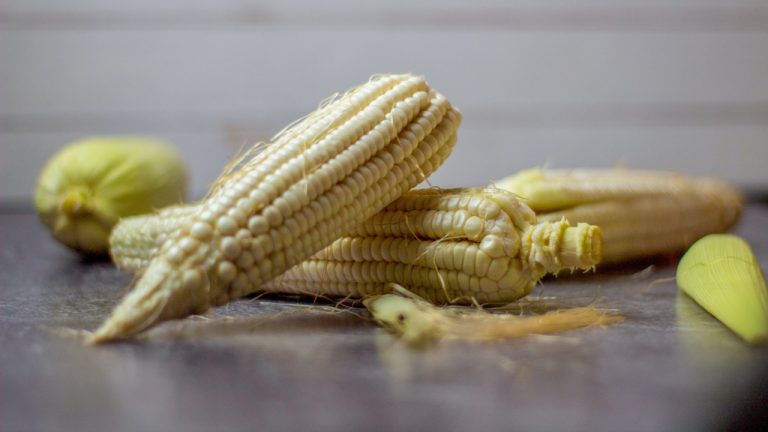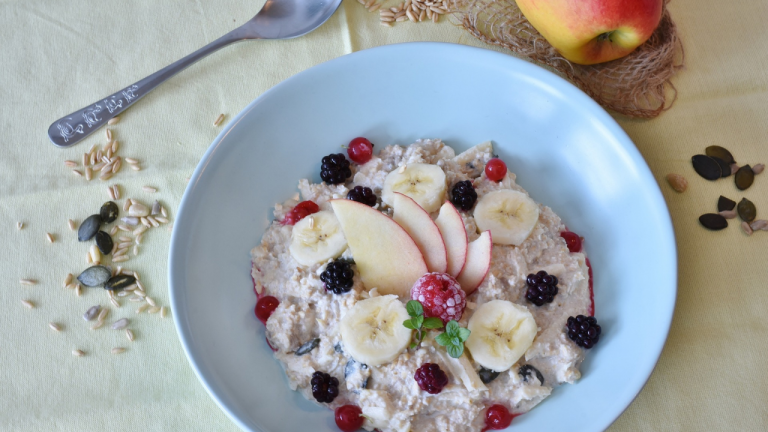Sweet Potatoes

Sweet potatoes may be some of the oldest foods known to humanity, and may also be major contributors to the resilience of some of the healthiest and most long-lived people in the world. Both the Okinawans, with the highest life expectancy of any group ever studied, and the Papua New Guinean highlanders, among whom many modern chronic diseases are practically unheard-of, get the majority of their calories from sweet potatoes.
There are several kinds of sweet potatoes, comprising two main classes — soft and firm. Within these classes, you can find orange, white, yellow, and purple-fleshed varieties. While their antioxidant content varies by color, they all provide a wealth of nutritional benefits.
Sweet potatoes are high in fiber and resistant starch; antioxidants like vitamin C and beta-carotene (which gives the orange ones their color, and which your body in its wisdom converts to vitamin A); and a bunch of B vitamins including pantothenic acid, niacin, and vitamin B6. They’re rich in minerals like manganese, magnesium, and copper, and contain a modest but still helpful amount of protein. Purple varieties of sweet potato also contain potent antioxidants called anthocyanins. To get the most nutrition from your sweet potatoes, eat them with the skin on.
The fiber in sweet potatoes (especially concentrated in the skin) can support a healthy gut microbiome. They support heart health, both by regulating blood pressure and lowering LDL cholesterol. They’re also good for your eyes, can support fertility, and provide nutrients essential for brain function. They contain a type of protein called sporamin, which has been studied for its ability to block the progression of certain types of cancer. And sweet potatoes are anti-inflammatory, thanks to all those antioxidants (especially the ones in the purple varieties).
You can bake sweet potatoes and serve them as a “boat” for all your favorite toppings. Prepare them as a seasonal side dish, in chilis and stews, in casseroles and grain bowls, with breakfast scrambles and hashes, and even in desserts like brownies and sweet potato pies.



